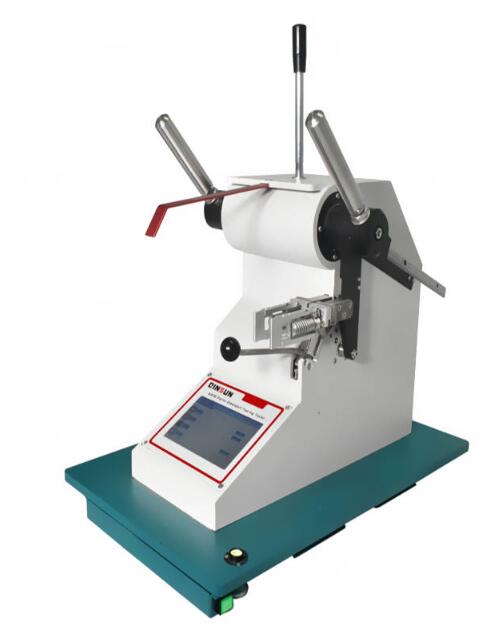Operation Guide:Understanding the Basics of Tensile Testing in Tear Testing

Tear Testing is a test method used to test the tear resistance of materials. In Tear Testing, the tensile test is one of the important tests used to measure the tensile properties of a material.
Below is an operational guide on the basics of Tear Tester:
1. Test Sample Preparation: Before conducting the tensile test, suitable test samples need to be prepared. According to the test requirements and standards, select the appropriate materials and sizes, and prepare the samples according to standard methods. It should be noted that the quality and integrity of the samples should be carefully checked before performing the tensile test to avoid affecting the test results.

2. Selection of test equipment: When conducting tensile test, it is necessary to select suitable test equipment. According to the test requirements and standards, choose the appropriate tensile testing machine and fixture, and make appropriate adjustments and calibration. It should be noted that when choosing the test equipment, it should be ensured that it meets the test requirements and standard requirements to avoid affecting the test results.
3. Conduct tensile test: When conducting tensile test, it is necessary to conduct the test according to the standard method and record the test data. Usually, the tensile test includes the following steps:
1) Fix the sample in the fixture and adjust the fixture to align it with the sensor of the tensile testing machine;
2) Set the tensile speed and test conditions and start the tensile testing machine;
3) Observe the stretching process of the sample and record the test data, including load, displacement and strain;
4) At the end of the test, stop the tensile testing machine and record the test results and analyze the data.
4. Data analysis and processing: After the tensile test, the test data need to be analyzed and processed. Usually, data analysis and processing include the following steps:
1) Calculate the tensile strength, yield strength, breaking strength and other parameters of the sample;
2) Analyzing the stress-strain curve of the sample and calculating its related parameters;
3) Evaluating the tensile and tearing properties of the samples according to the test results and analyzed data;
4) optimize and improve the performance and quality of the material based on the test results and analysis data.
It should be noted that when conducting the tensile test, the test should be carried out in accordance with the standard method and the safety operation procedures should be observed to avoid accidents and losses caused by improper operation. At the same time, suitable testing equipment and methods should be selected according to specific conditions, and adjusted and processed in conjunction with the actual situation.
2023-07-17 13:49

